11513 A PAIR OF PETIT POINT NEEDLEWORK PICTURES DEPICTING AN ELEPHANT AND A CAMEL, EACH IN AN EXOTIC LANDSCAPE English. Second Quarter of The Eighteenth Century. Measurements: Elephant- Framed: Width: 24 1/2″ (62.2 cm); Height 22″ (55.8 cm). Sight Size: Width: 19 1/2″ (49.5 cm); Height 17 1/4″ (43.8 cm). Camel- Framed: Width: 25 1/4″ […]
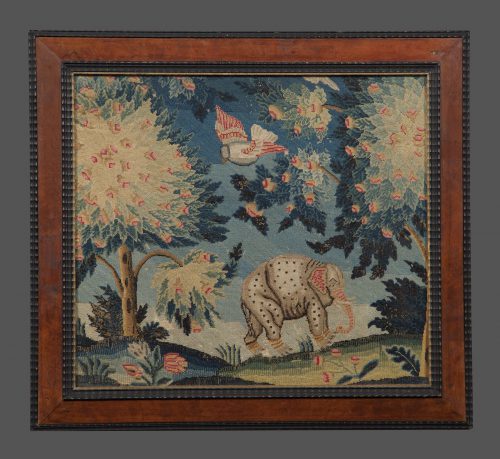
Research
Of colored wools.
This charming pair of eighteenth century needleworks depicts a camel and an elephant within exotic gardens. They were made at a time when animals from Asia and Africa were a rarity in Europe and access to these marvelous creatures was limited to noble and aristocratic menageries. Each animal is cheerfully sauntering amongst blossoming trees, oversized flowers and birds in compositions that are reminiscent of chinoiserie fantasy vignettes, where the relative scales of the subjects are often deliberately reversed.
In the seventeenth century, zoological engravings by pioneering naturalists, such as those published by Joannes Jonstonus’ in Historiae Naturalis (1650), attempted to classify the emerging natural wonders of the new worlds being discovered in Africa and elsewhere. As such, the depictions of animals were often the artistic result of a brief glimpse or verbal account rather than detailed studies. This may explain the curious aspect of the elephant shown here as spotted, representative of the evolving European understanding of exotic species. An English embroidered panel circa 1600-29 in the Victoria and Albert Museum is decorated with various animals, including several that are also erroneously spotted, including an elephant and camel (figure 1).
The engraved source of the camel appears to come from Wenceslaus Hollar’s series Animalium, ferarum, & bestiarum, florum, fructuum, muscarum, vermiumque icones variae, omnes ad vivum delineatae (A new and perfect book of beasts, flowers fruits, butter-flies, & other vermine), published in London in 1663 (figure 2). The original source for the unusual spotted elephant has yet to be identified.
From the Middle Ages, embroidery in England was used for religious vestments, altar cloths and furnishings known as opus anglicanum, however, with Henry VIII’s dissolution of religious houses in the 1530s, these dissipated and the art was widely applied on secular items as a greater portion of society was able to afford more sumptuous clothing and interior decorations. In the 17th century, needlework further grew in complexity, sumptuousness and breadth of subject matters as a result of “growing opportunities for luxurious living.”1
Embroideries were produced by groups of people in diverse positions and stations. Schoolgirls completed needlework projects in the form of samplers and pictorial embroideries, items for the household were stitched by the mistresses of the household with the help of servants and included cushion covers, table covers and curtain panels, while professional male embroiderers produced pictures and clothing decoration.2
Footnotes:
1. Synge, Lanto. Art of Embroidery: History of Style and Technique. Woodbridge. England: Antique Collectors’ Club, 2001. 110.
2. Epstein, Kathleen. British Embroidery: Curious Works from the Seventeenth Century. Williamsburg, Va: Colonial Williamsburg Foundation, 1998.
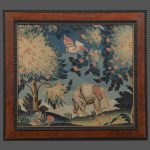


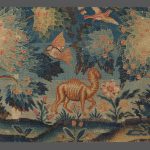
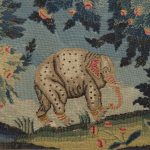


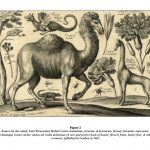
Comments are closed.